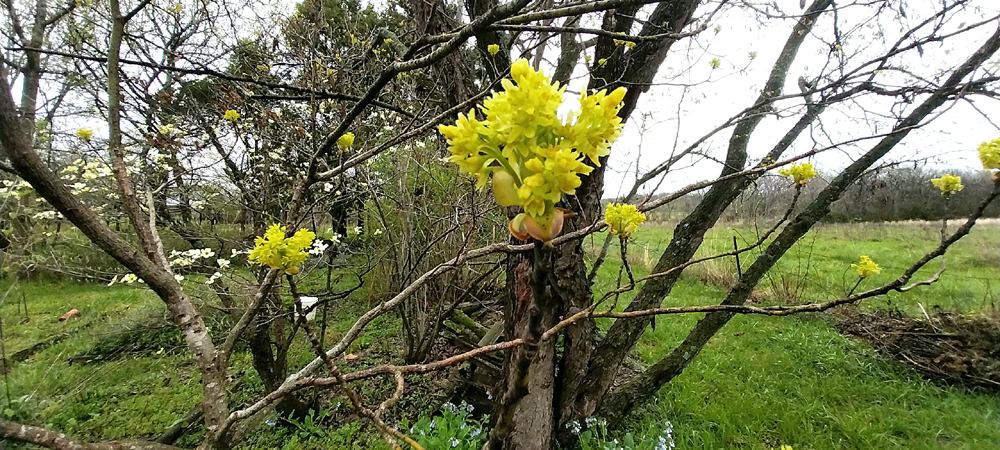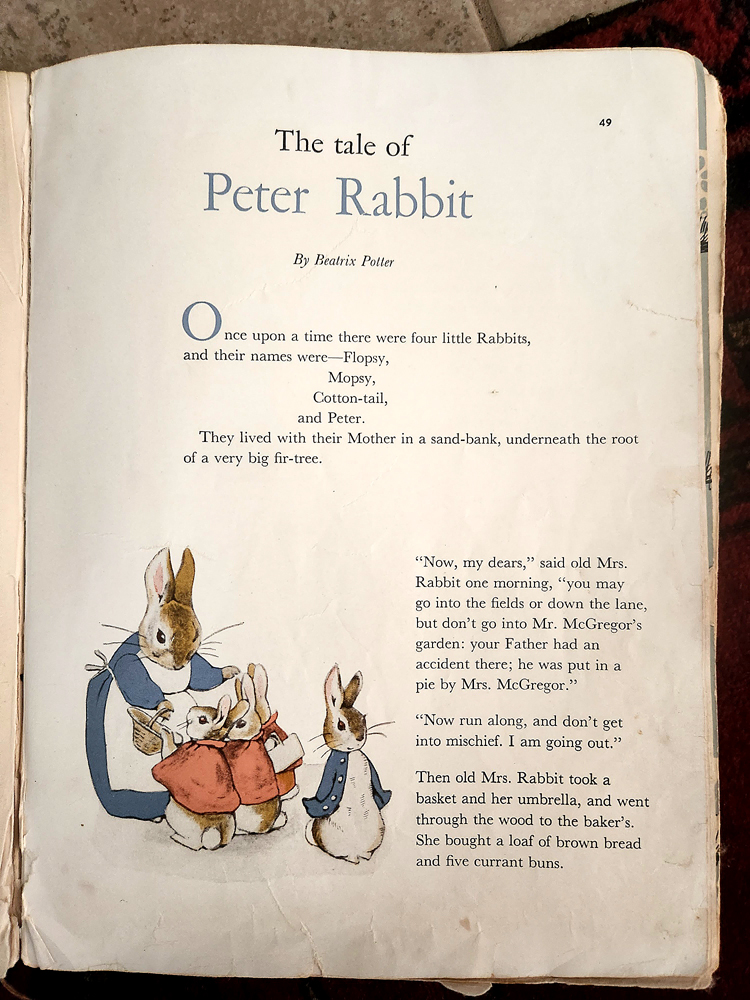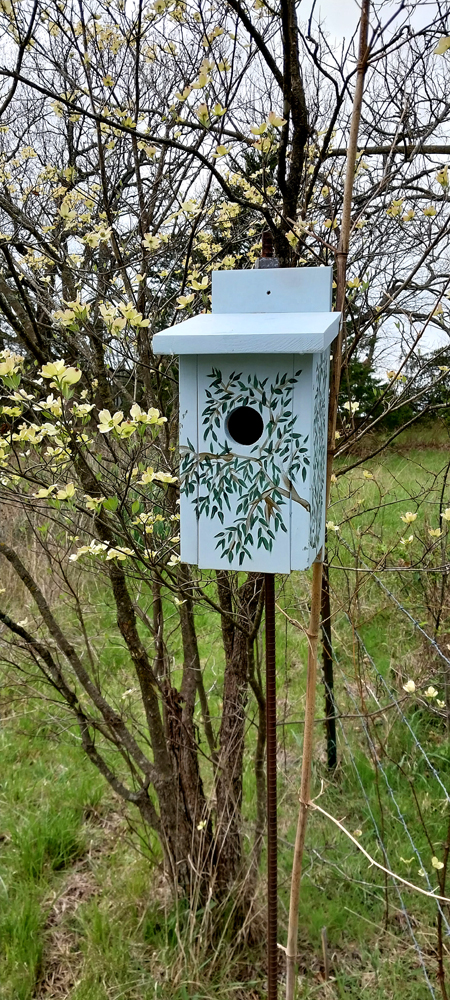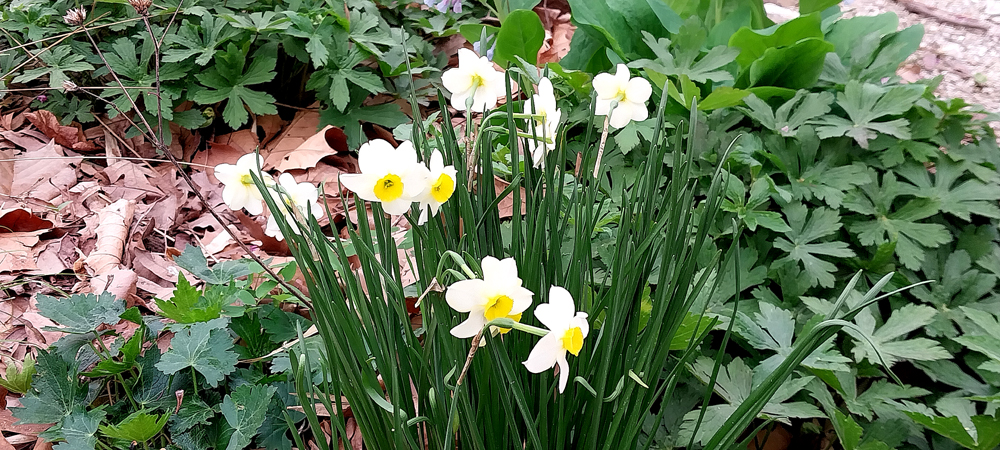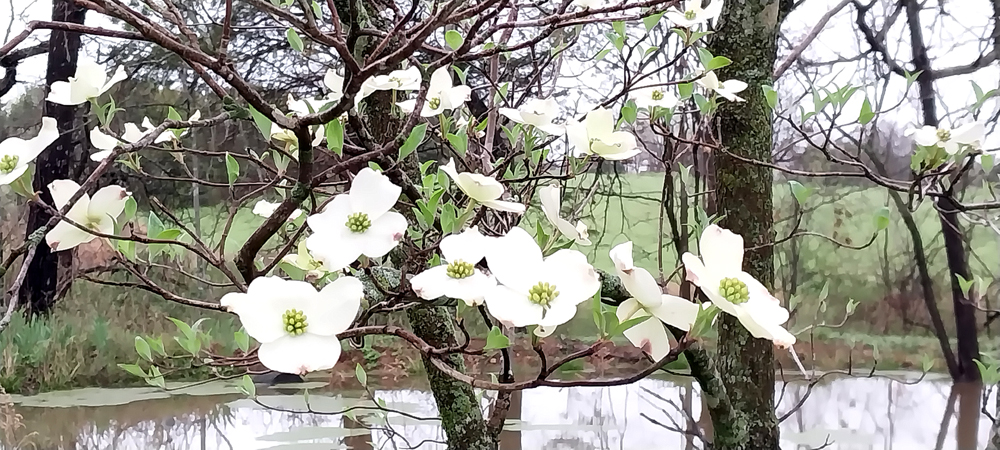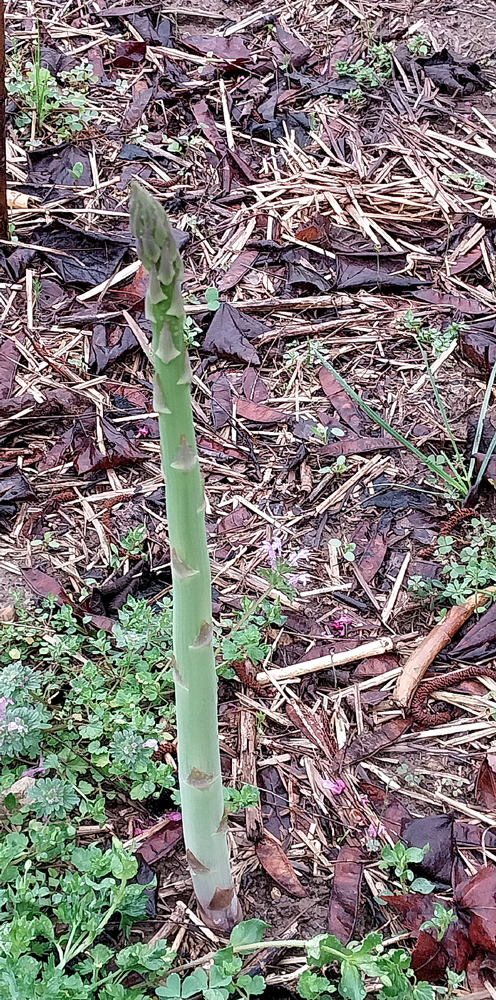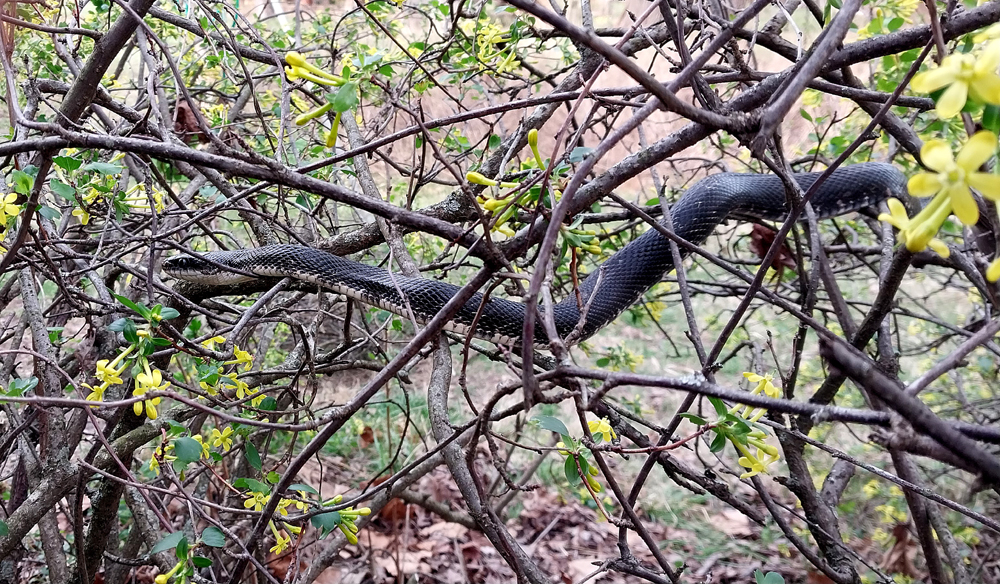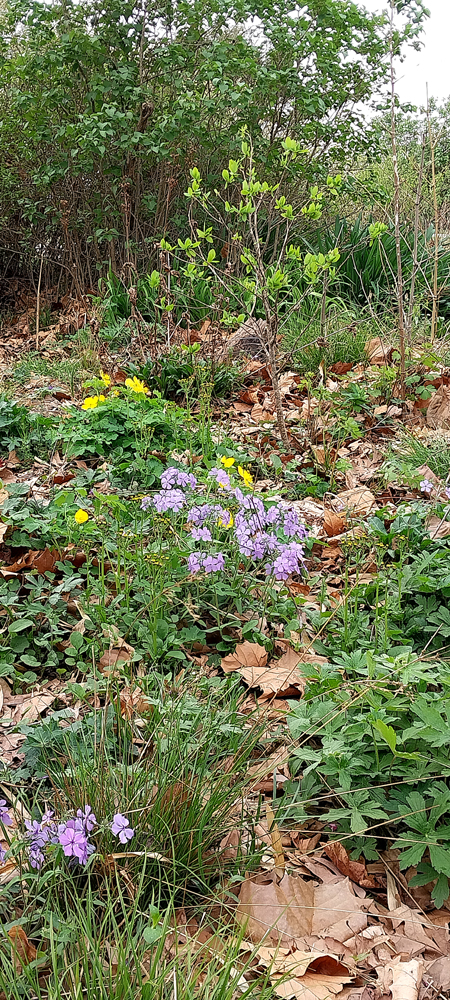

It’s been several years since we’ve visited one of our favorite places – Canyonlands. So last month we took a trip to Moab, Utah, ready for a more advanced spring and a taste of the glorious red rock country. We stayed at a lovely spot, the Red Moon Lodge. Sitting on a piece of land on the edge of town, the lodge felt like home.

Our charming host prepared homemade yogurt and granola, jams, breads and really good coffee for breakfast. We enjoyed late afternoons by the shaded pond and in the surrounding gardens. We took a few hikes, saw a wall of petroglyphs, and found pretty good food in town.

Driving home along the Colorado River we felt a pang at leaving the embrace of the canyons. We drove out onto the vast, dry plains of eastern Utah. As we traveled east we began to see small bushes, a slight green tint to the landscape. The land slowly rose toward the Rockies and soon we were among snowy peaks. What a trip to see this progression. From the bowels of the red canyons to the heights of the mountains.
Back home, as the weather cannot settle, neither can I. Every year holds a weather surprise that dictates my menus. In previous springs I’ve written about making an asparagus frittata and a nettle soup, a pasta Bolognese with bison, and bean soup. Use the search button on the blog to find these recipes.

With the night temperatures still in the 30s and 40’s I’m late to plant the garden – some snap peas in April and lettuce last week. We did prepare a new herb garden in an old, leaky stock tank. I’ve wanted to have a supply of nearby herbs to grab when I’m in the midst of a recipe. The garden (and the herbs growing there) is on the far side of the studios, too far for an impatient cook. I’ve transplanted chives and garlic chives, bought parsley plants and sowed cilantro seeds. I will add a tarragon plant and basil seeds when the weather warms up.
We’ve again been eating a lot of asparagus. Here’s an asparagus pizza and an asparagus tart.

Pizza dough
Combine 2 cups unbleached flour, 2 tablespoons wheat germ, a teaspoon instant yeast, (or proof a teaspoon of dry yeast in ¼ cup of the water), a teaspoon of sea salt. Stir in a scant cup of water and 2 tablespoons olive oil. Knead in the bowl and then on the counter, adding bits of flour as necessary to keep from sticking. Knead until smooth and barely sticky. Keep the dough moist. Oil the bowl lightly and turn the ball of dough in the oil. Top the bowl with a plate or plastic wrap. Let rise as long as you can. I mix this dough in the morning and let it rise all day. Or stick it in the fridge overnight.
I usually make caramelized onions as a base for our pizza. Thinly slice a large onion and cook in a tablespoon of olive oil, stirring until the onions begin to shrink. Add a pinch of salt, cover the pan and turn the heat to low. Cook, checking now and then to see they are not burning, for 25 minutes until brown and caramelized. (Or until you can’t wait any longer!) Cool.
Steam or roast a pound of asparagus until barely tender – 2-4 minutes. Chop into 1-inch bits.
On a piece of parchment set on a peel or baking sheet flatten and stretch the dough into an oval, 12-14 inches wide. Distribute the cooled onions over the dough, top with the asparagus pieces. Cover with 1 ½ cups grated cheese. I use what I have – cheddar, mozzarella, jack, goat cheese, gruyere, or a combination. I dabbed goat cheese on the pizza pictured. Sprinkle with a cup of freshly grated parmesan.
Bake the pizza in a preheated 500° oven for about 12 minutes until bubbly and brown.

I took this special asparagus tart to friends and it looked and smelled so good I made it again for our lunch. I’ve written about the simple pastry before but here is a reminder of the easy recipe from cookbook writer Patricia Wells.

Olive Oil Pastry:
Combine 1 cup unbleached flour, 2 tablespoons wheat germ (optional,) a pinch of salt. Stir in 1/4 cup olive oil and 1/4 cup water. Press the dough into an 8 or 9-inch pie plate or tart tin. It will cover the pan, just keep gently pressing from the center and up the sides. Prick the bottom with a fork. Chill in the fridge. I like to prebake the chilled shell. Preheat oven to 375° and bake the pastry for twenty minutes. No need to weight the bottom as this pastry does not shrink.
For the asparagus filling:
Toss a pound of asparagus, tough ends broken off, in a little olive oil and a sprinkle of salt. Roast on a parchment-lined baking sheet – 375° for 5 minutes. I do this in the toaster oven. Or steam the asparagus until barely tender. Chop all but six stalks into ½ inch pieces.
In a bowl combine 3 large eggs, ½ cup of half and half or milk, 2-3 ounces grated Gruyere, Comté or cheddar, ½ cup freshly grated parmesan, 3 green onions (scallions) cut across into ½ inch pieces. (Use the whole onion, white bulb and green tops.) Mix in the asparagus pieces and pour it all into the tart shell. Top with the six whole asparagus stalks arranged in a pinwheel. Bake at 375° for 30-35 minutes until set. Let sit for 5 minutes before slicing into wedges.

As a bookend to our busy days, our friends and artists Setsuko and Hiroki Morinoue came for a visit. We went to the Denver Botanic Gardens to see the Sharkive show in one of the beautiful new galleries. Then, of course, we meandered through the gardens full of blooming trees and flowers. A great day with great friends.




